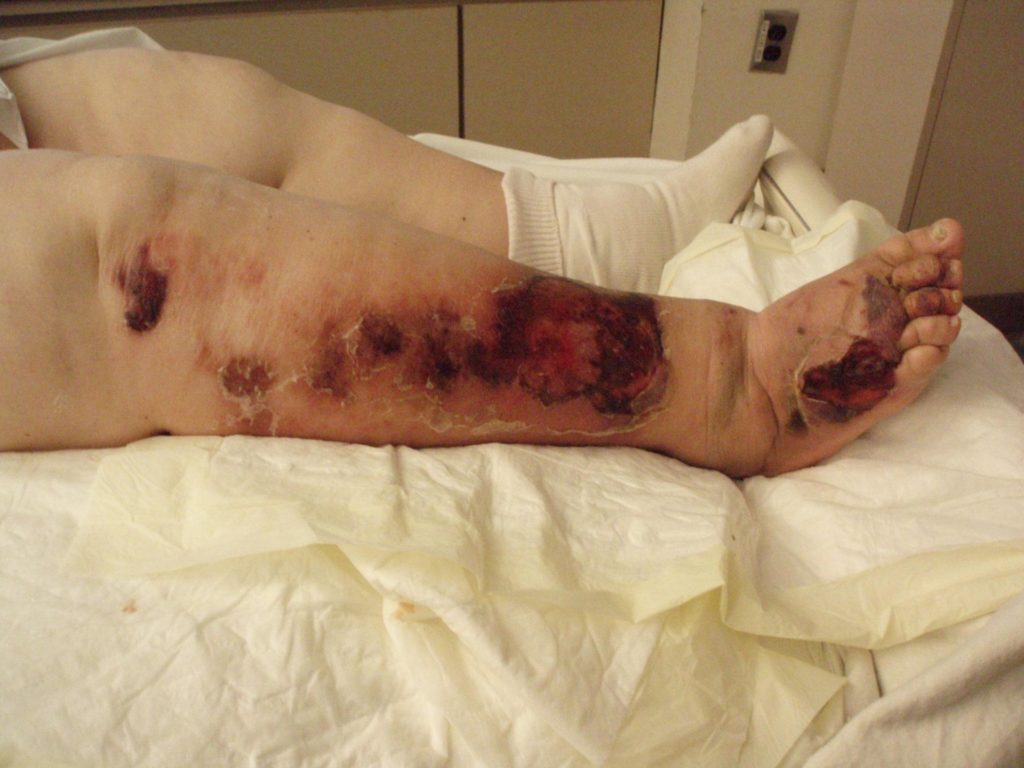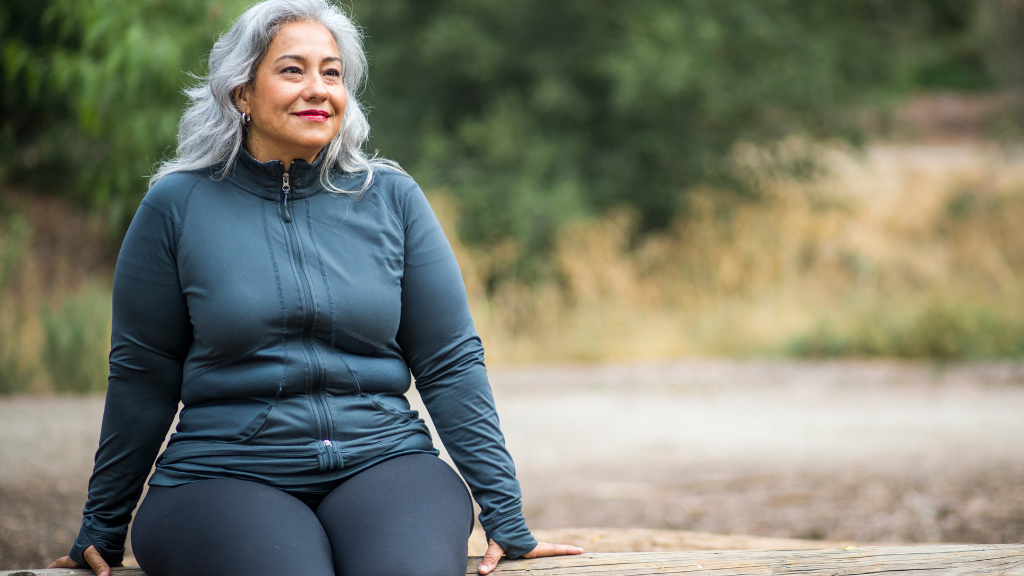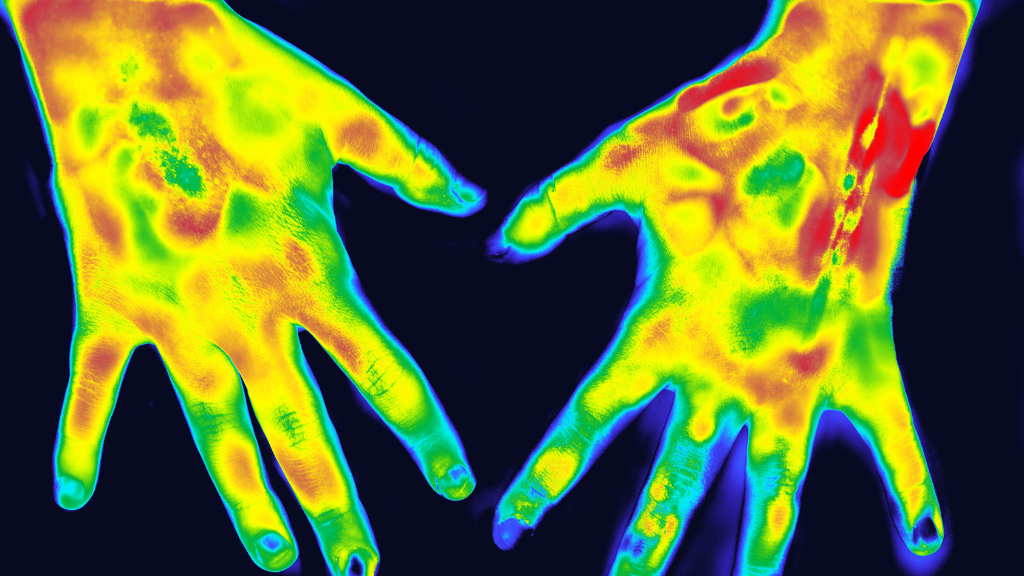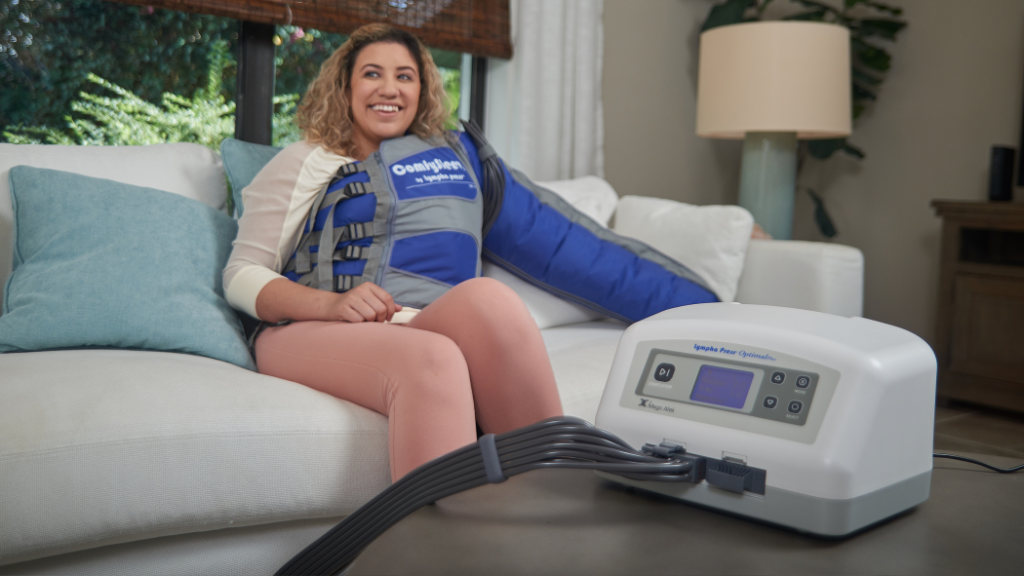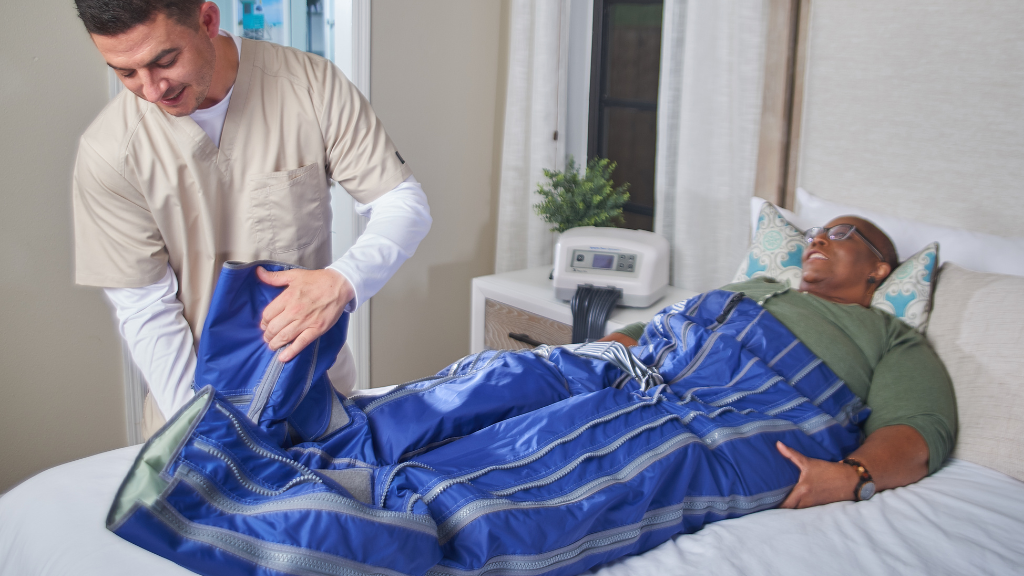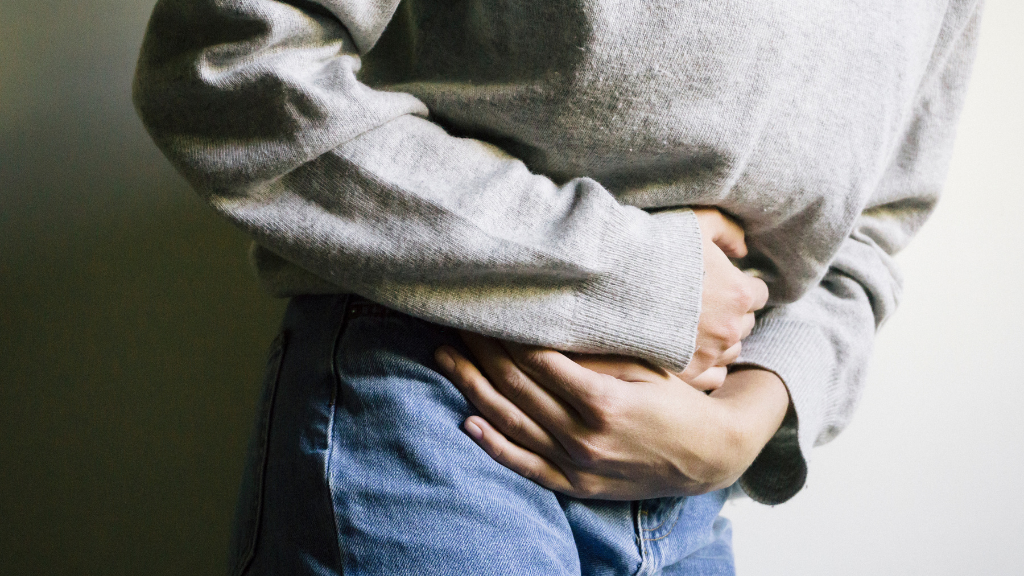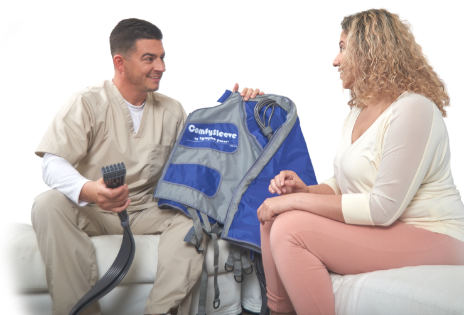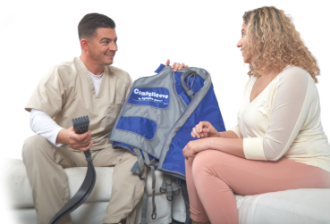Dr. Jacalyn Brace, PhD ANP-BC RN-BC WOCN
This is a 4-minute read.
In our previous article, Differential Diagnosis of Lower Extremity Ulcers, we looked at the underlying causes of ulcers and some methods for diagnosing them. In this article, we’ll explore treatment options that lead to the best patient outcomes and provide patients with ownership of their bodies.
Ulcer Local Care
In treating an ulcer, one must first determine the etiology. Is it an arterial versus venous ulcer? Or does the ulcer have a mixed etiology? For more about diagnosis, please refer back to our previous article about finding the underlying causes of ulcers.
An examination of the ulcer helps a clinician determine the best route to treatment. Local care of ulcers depends heavily on the ulcer presentation. Ulcers may have dry or wet bases or may have an infection present.
Ruling Out Infection
It’s very important to address any infection that may be within the ulcer and the body. You’ll likely notice the indications of infection when taking the dressing off and cleaning the ulcer.
As you remove any dressing and examine the ulcer, notice whether there is any odor or drainage that may suggest infection. Wash the ulcer carefully with soap and water, wound wash, or an antiseptic solution. If there is still an odor, you know you have an infection.
In this situation, a wound culture of the ulcer is a good next step and will show you the bacteria present. If possible, obtaining a tissue culture would be superior over a wound culture. A tissue culture is the gold standard. Remember, these cultures must be taken after cleaning the wound or the result may be contaminated.
Treating Arterial Ulcers
Primarily, ulcers are due to a progressive occlusion that results in decreased blood flow. This could be caused by conditions like stenosis or DVT. These ulcers are sometimes the result of trauma on a foot of a patient with severe peripheral artery disease.
An arterial ulcer is commonly located below the ankle in the foot or toes, and is smaller in size. The edges of the ulcer are usually well-defined, with very pale, or necrotic tissue in the base due to the reduced blood flow. You will likely observe a minimal amount of drainage coming from the ulcer.
Vascular studies to identify the cause of the arterial ulcer will aid the provider in the treatment plan, especially if an intervention can be performed. The goal of arterial ulcers is to keep the necrotic tissue dry. Several products will do that, such as Betadine and absorptive dressings.
Foam and absorptive dressings such as calcium alginate and hydrofiber absorb exudate and will dry the wound base. Sharp debridement of wet necrotic tissue is imperative and can be done by bedside.
The quicker the necrotic tissue is removed the quicker the wound will begin to heal, and this may also decrease the risk of infection. At times, an amputation is warranted despite all efforts of improving blood flow and local wound care.
Treating Venous Ulcers
The most common location for a venous ulcer is in the lower leg, around the ankle area. A venous ulcer is usually larger in size. The edges of the ulcer are usually not well-defined. The ulcer base may be red, yellow, brown, or black in color. Large amounts of drainage may be present.
There are over 3,000 products on the market today. There are gauze dressings, films, hydrogels, foams, absorptive dressings, composites, hydrocolloids, and interactive dressings. An understanding of dressing properties and when to use them is imperative.
Local care of venous ulcers depends greatly on the amount of exudate, the treatment of infection, the removal of devitalized tissue and biofilm, and compression. Frequent assessment of the venous ulcer may prompt changes to the treatment plan.
The rule of thumb is that if the wound base is wet then dry it, and if the wound base is dry then wet it. However, a wound always needs some moisture, because, as we know, moist wound healing has been proven the most effective pathway to healing.
Treating Edema With Compression
Several types of compression for venous insufficiency and lymphedema are available. The patient may need compression to address any edema from venous insufficiency, recent surgery or medical conditions.
Compression helps blood move properly through the veins and lymph system, and may prevent the edema from worsening. This will prevent blisters, ulcer formation, and cellulitis
Light compression can be applied through ace wraps. The patient should be taught how to properly apply an ace wrap to ensure they are creating the right amount of pressure at the right points of the leg.
This compression option is good for patients who have infected ulcers and need to change their dressings daily. It is easier for patients to apply compression over the treatment dressing.
There are two, three, and four-layered compression systems. A two-layer compression system consists of a lightweight material that is applied as the first layer. This is applied over the treatment dressing. Then, a layer of a self-adhesive wrap is applied over top. This dressing is indicted to longer wear time up to a week.
Another option is compression stockings, which apply consistent pressure to prevent venous congestion and edema of the lower extremities. Compression stockings are available as pull-up, zippered, or velcro.
There are different amounts of pressure ranging from 08-15 mmhg to 30 to 40 mmhg. Compression stockings may also reduce the patient’s pain and discomfort by reducing edema and improving the healing of the ulcer.
Compression pumps help decrease the edema and improve blood flow. The compression pump pressure is normally set at 40, and the pressure can be increased or decreased for patient tolerance or comfort. The minimum of three hours per day is standard. If a patient has venous insufficiency and/or lymphedema, a compression pump can be quite effective. Of course, with arterial ulcers, I do not recommend a venous compression pump. There are, however, arterial assist compression devices that are very helpful in dealing with these conditions.
Lymphedema Clinic as Needed
Depending on the severity of the patient’s condition, they may need to visit a lymphedema clinic for treatment. At a lymphedema clinic, the patient will be educated about the options they have for improving their condition such as exercise, elevation, compression wraps, and deep massage therapy.
Patient Education
With peripheral arterial disease, venous insufficiency, ulcer formation, edema, and lymphedema, the key is to educate the patient about the details of their condition and explain the recommended treatment regimen.
In some cases, they may have been delaying treatment due to fear of seeing a doctor, lack of insurance, or due to a lack of awareness about the severity of their condition.
Both the patient and the wound care expert must work together to facilitate wound healing. An assessment of the wound as well as their overall medical condition(s), which may include wound cultures, blood work, radiology, and vascular testing, needs to be performed in order to determine the etiology of the wound.
The cause of the wound must be treated or eliminated in order to expedite the healing process. A comprehensive treatment plan will be formulated by the wound care expert and you.
This is why patient education is absolutely critical. My mission is to get these patients back to living by giving them the knowledge they need in order to give them autonomy over their bodies and outcomes.
About the Author
Dr. Jacalyn Brace is a Certified Adult Nurse Practitioner and holds a Ph.D. from The University of Virginia. She is affiliated with the Cleveland Clinic Heart & Vascular Institute and is a well-known speaker on the topics of NPWT, wound healing, all types of ulcers, edema, and vascular disease.
About this Series
This story series is a partnership of Lympha Press and Medical Solutions Supplier. For 25 years, Medical Solutions Supplier has provided innovative compression pump home therapy equipment that supports the best possible patient outcomes.
